Our Process
Why does our wine taste so good?
At Birchden Vineyards we are passionate about producing exceptional wines. So, how do we make the magic happen?
Well, it all starts with exceptional grapes.
With a focus on quality over quantity, we meticulously tend to our six acres of Pinot Noir, Bacchus and Pinot Gris vines in order to produce the grapes for our limited-edition, exclusive wines. Each wine is a love story to a previous season’s harvest.
The ‘Vineyard Vixens’ are a vital part of our team. They're a dozen local women with serious credentials who tend to our vines. They bring considerable and varied expertise, while solidifying friendships and enjoying a therapeutic antidote to their busy lives. The Vixens are mentored by expert vineyard consultant, Luke Wolfe.
The growing season begins each January, and, with Luke and the Vixens at the helm, we prune each vine with TLC. We then pull out the old vines (which is easier said than done) and tie the vines to the wire to direct growth and create that quintessential linear vineyard look.
Next comes the bud rubbing to send all the plant’s energy to a smaller amount of perfect buds. When growth comes, it comes fast, and this needs careful management or the vineyard can quickly become a jungle. We strip leaves to allow maximum airflow and sunlight exposure. We keep a careful eye on the vines as they develop, keeping them safe from frost, badgers, deer, birds, mites and mould.
Without our team, who look after the vines with such dedication, it simply wouldn’t be possible to produce the lovely wines we do, so we have aptly named our first Pinot Noir rosé 'The Foxy Vixen'.
Once the grapes are picked by our community, we have to act quickly! They’re immediately taken to Ben Smith (master winemaker at Itasca) for crushing and pressing. Scroll down to learn more about the process of making fine wines.
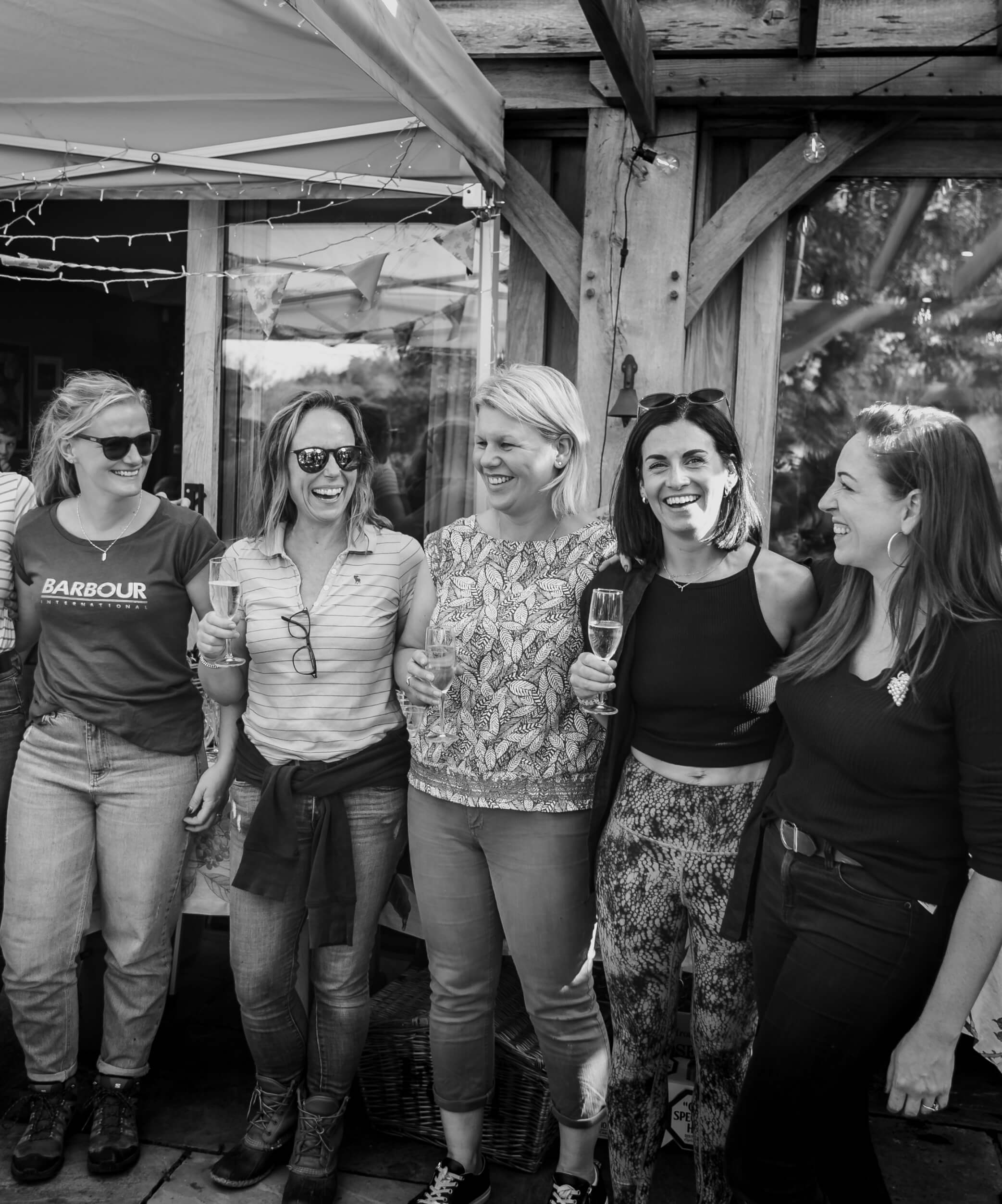
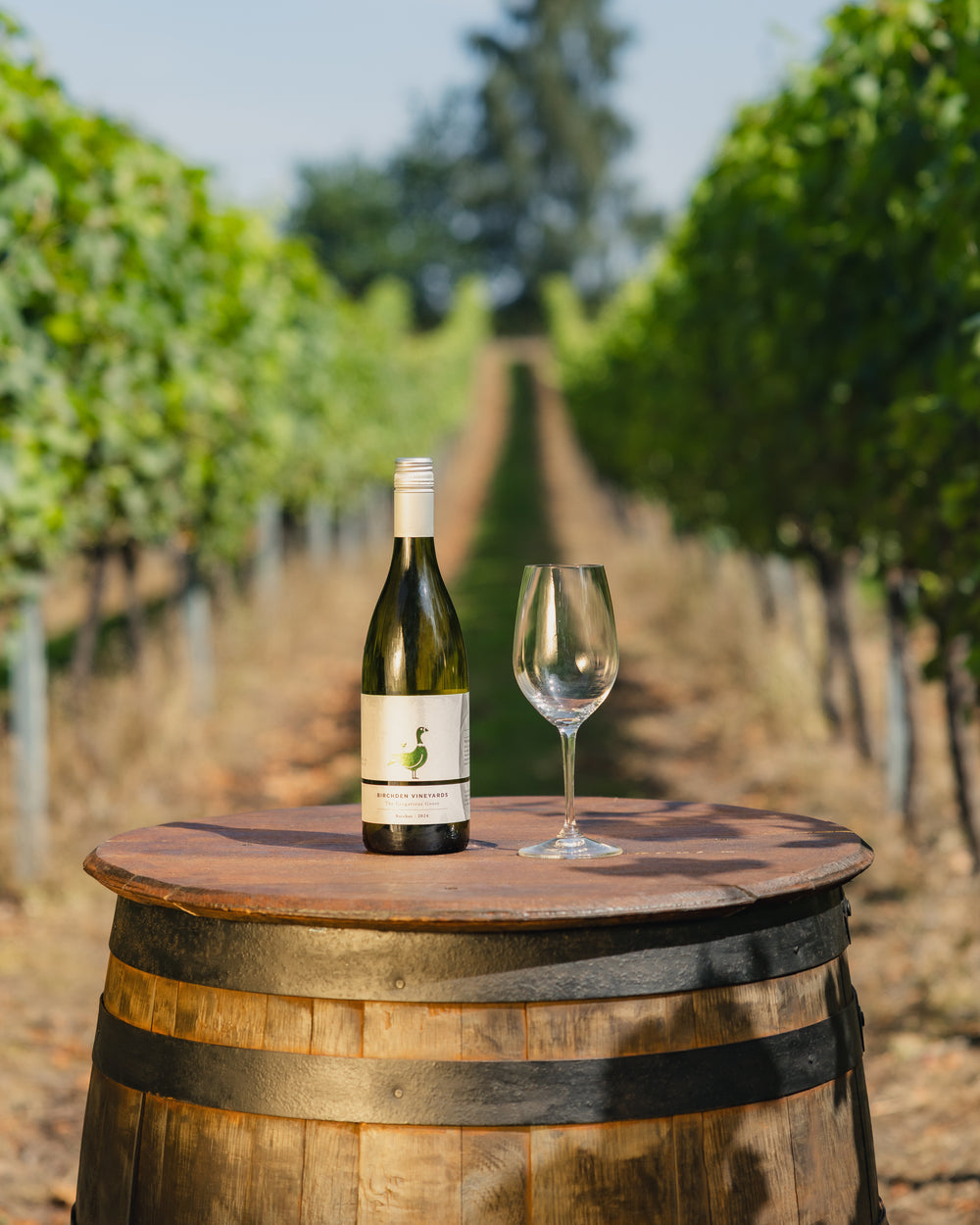
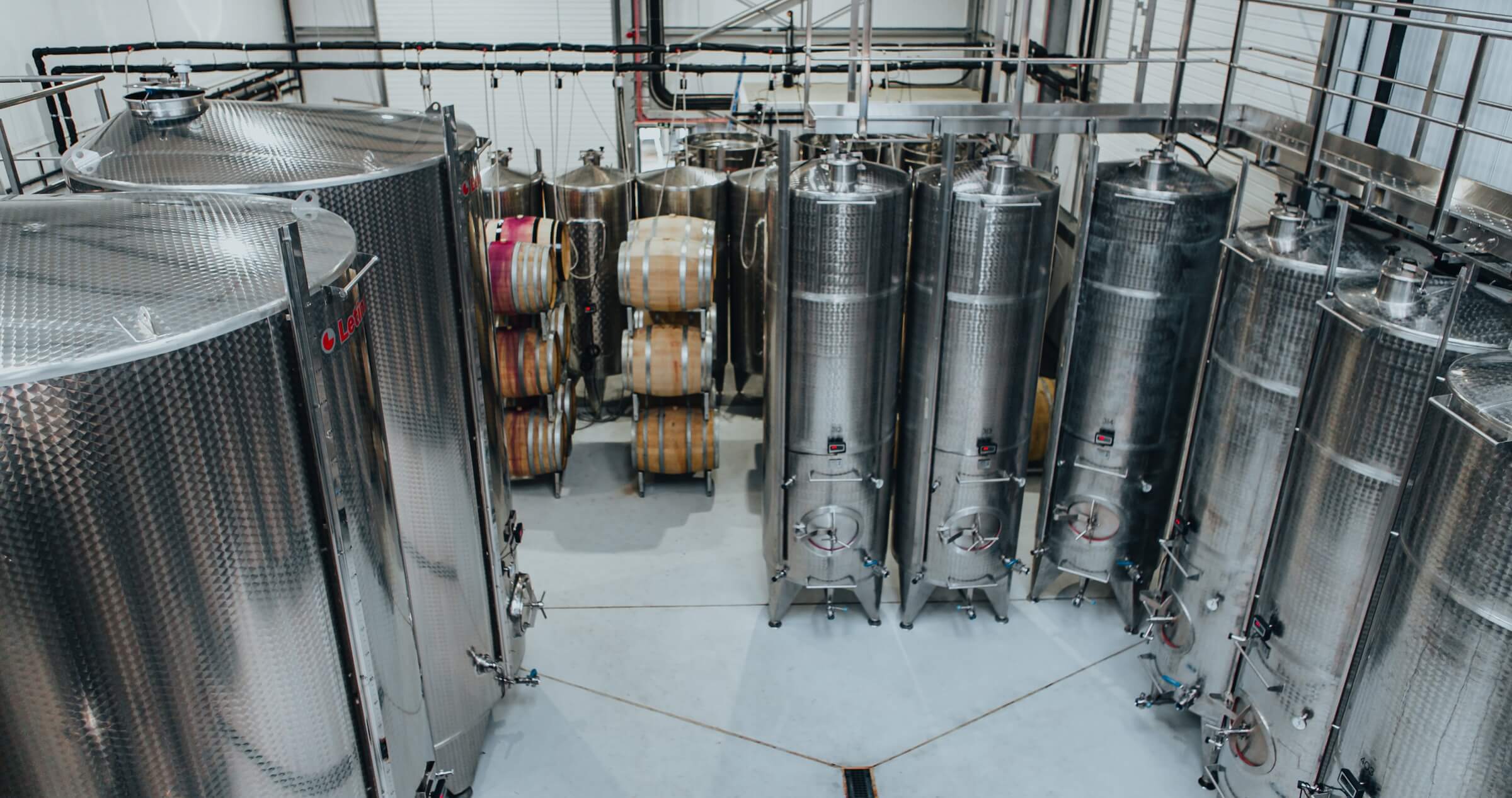
The Winery
Once our grapes are harvested, they are passed on to Ben Smith, an award-winning winemaker who produces our exclusive wines. Based at the Penn Croft Winery, Itasca Wines, Ben has a wealth of winemaking experience, evident from the 14 vintages he has under his belt to date.
Itasca is pioneering in its use of sustainable techniques and has first-class facilities. There is a deep respect for nature, as well as a love for the traditional art of winemaking running through its core.
Ben’s knowledge is second-to-none and his passion for the entire wine making process is evident from his uncompromising approach. Ben refuses any grape which is less than perfect. It is this attention to detail which helps us to consistently produce truly exceptional wines.
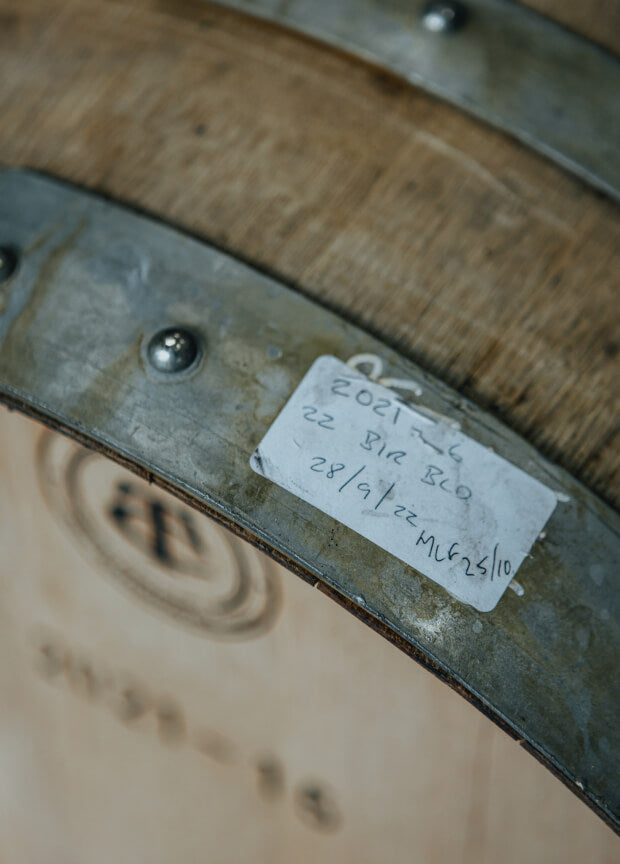
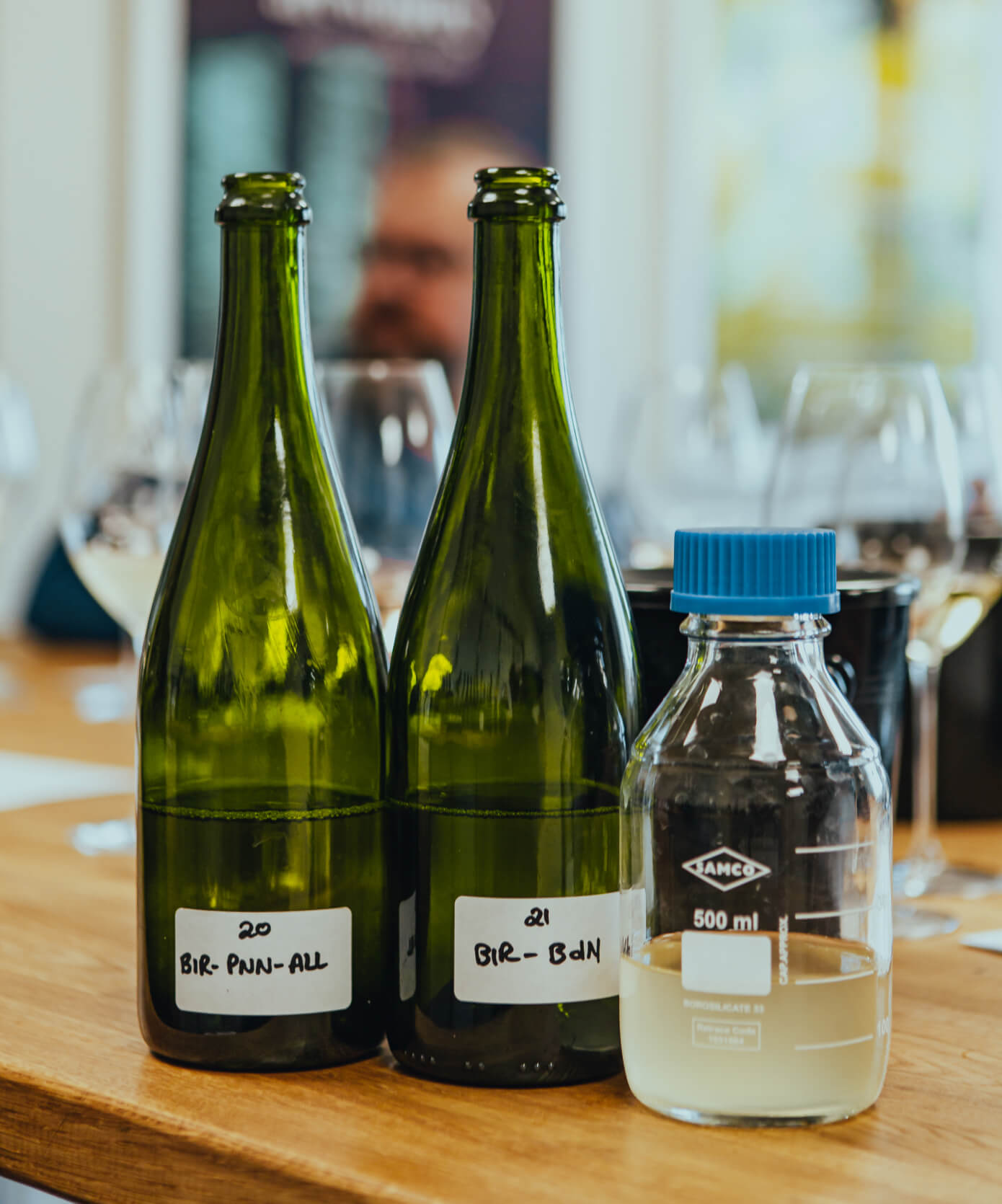
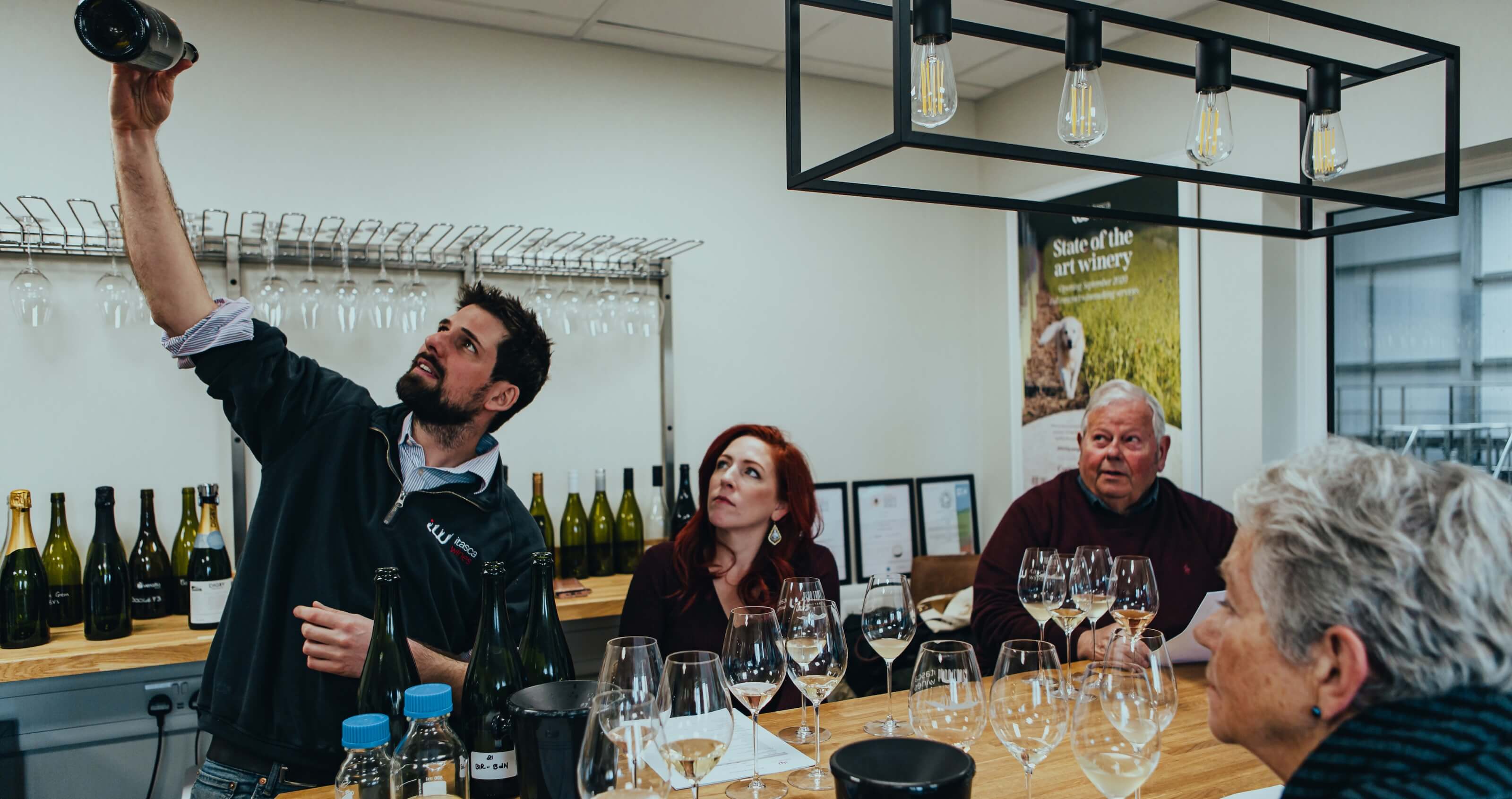
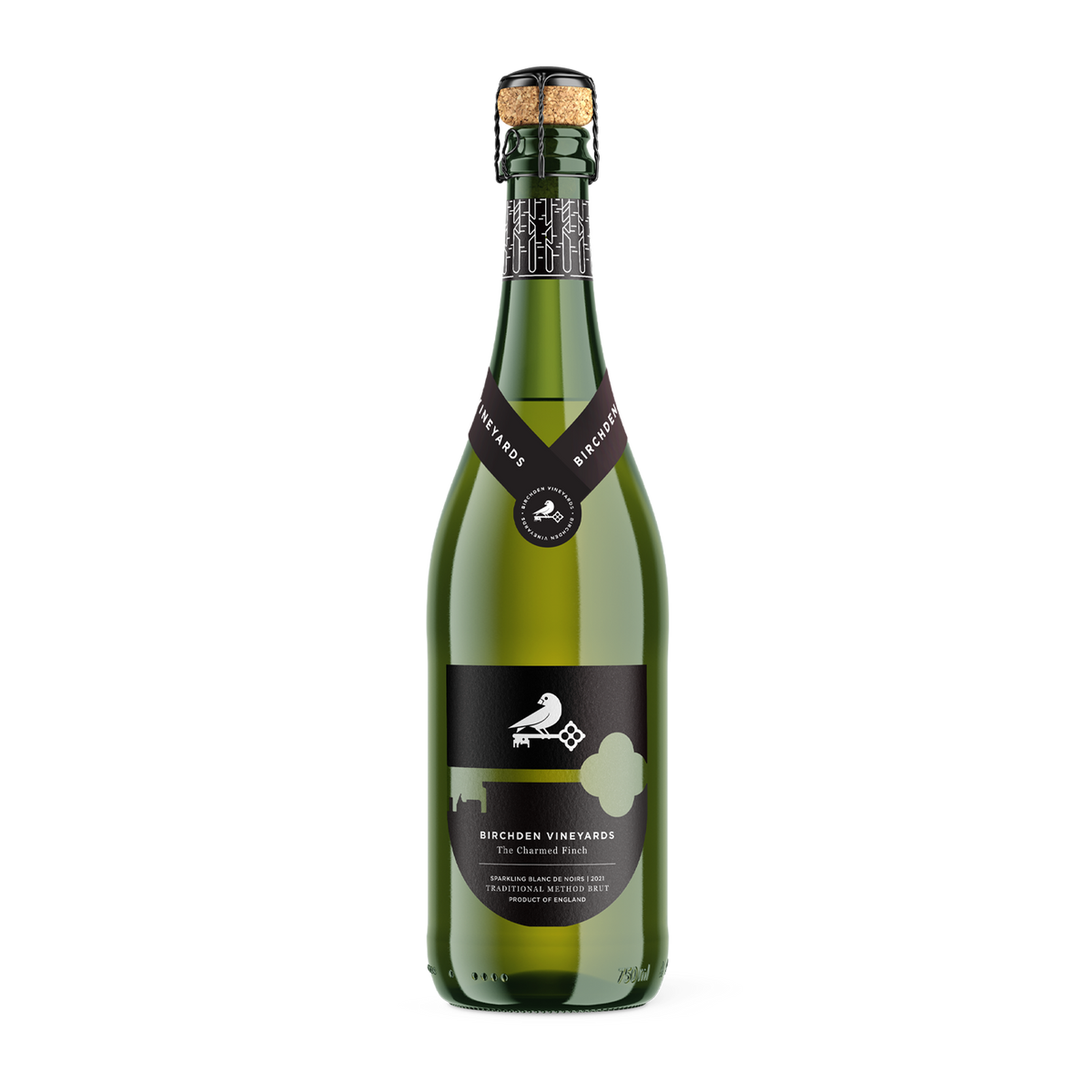
The sparkling wines
What’s the secret to our delicious bubbly’s fragrant depths?
Well, Ben follows a tried-and-tested traditional Champagne-making process to bring the best out of our delicious grapes. First, a white wine is created, and off it goes into its first fermentation.
Then we add sugar and yeast and seal with a cap while the flavour gets deeper and more delicious. Our sparkling wine stays in contact with the lees for 33 months before being riddled to remove the lees.
As a final flourish, liquid sugar is added to balance the flavour, and after that, it's left well alone to work its magic.
Finally, after at least three years of maturation, the flavours have had time to develop, and we are ready to drink! Cheers.
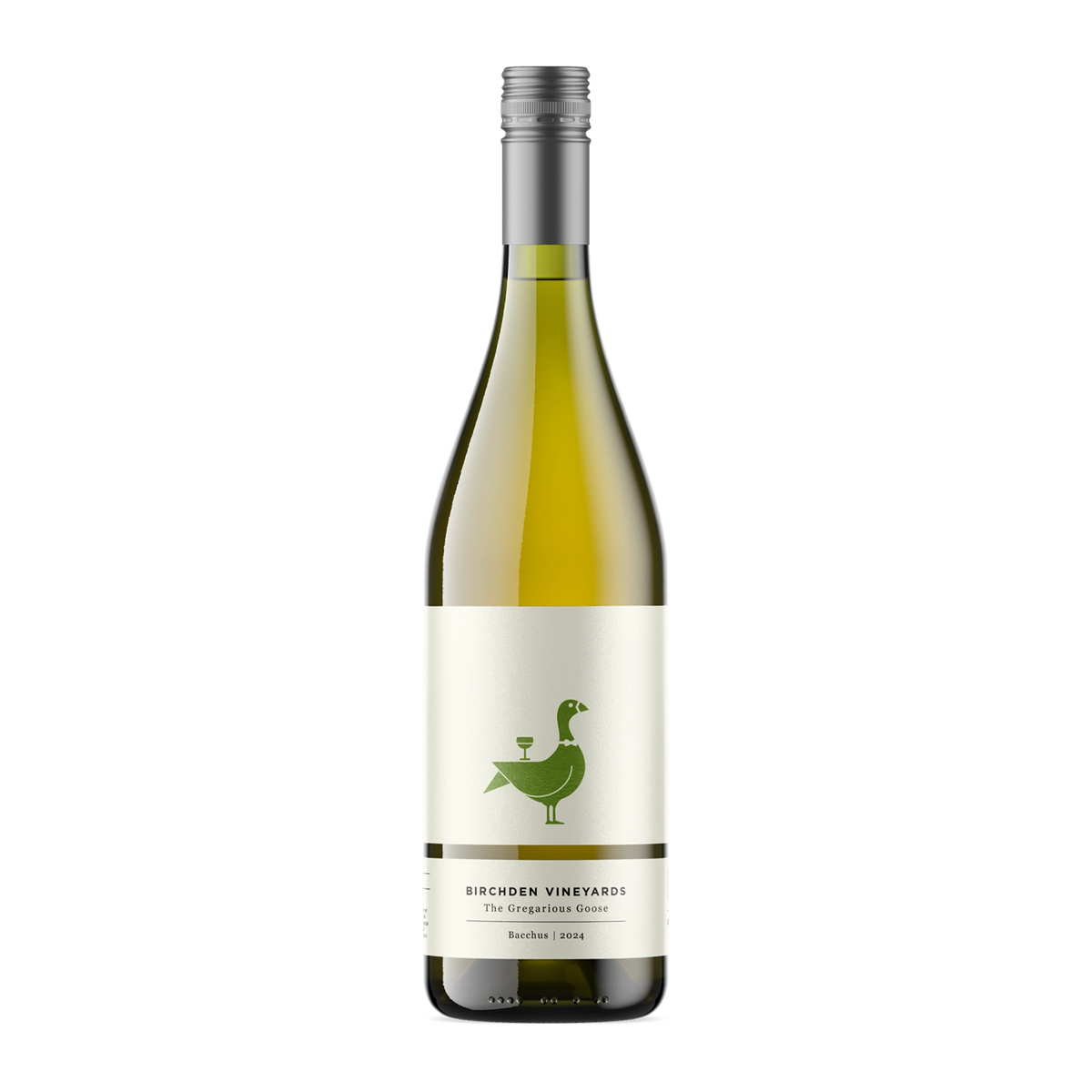
The still wines
Our beautiful white and rosé wines’ journey into creation begins with the time-honoured method of crushing and pressing the grapes. After settling, sugar and yeast are added and go into a still vat where the all-important alcoholic fermentation process takes place.
Ben then casts his expert eye over the levels of acids and sugars to make sure fermentation has done its thing. Then, it’s bottled, labelled and stored, and we try our hardest not to drink it all so we can share it with you.
There's one key difference with rosé – you can make a white wine with red grapes because the juice is still white, but for a rosé, there must be contact with red grape skin. The wine is drained from the skin after a few hours, which brings out the blushed pink colour, and then fermentation can continue.
Then it’s drained, packaged and stored until it is ready to find its forever (sort of) home in your shopping basket.

